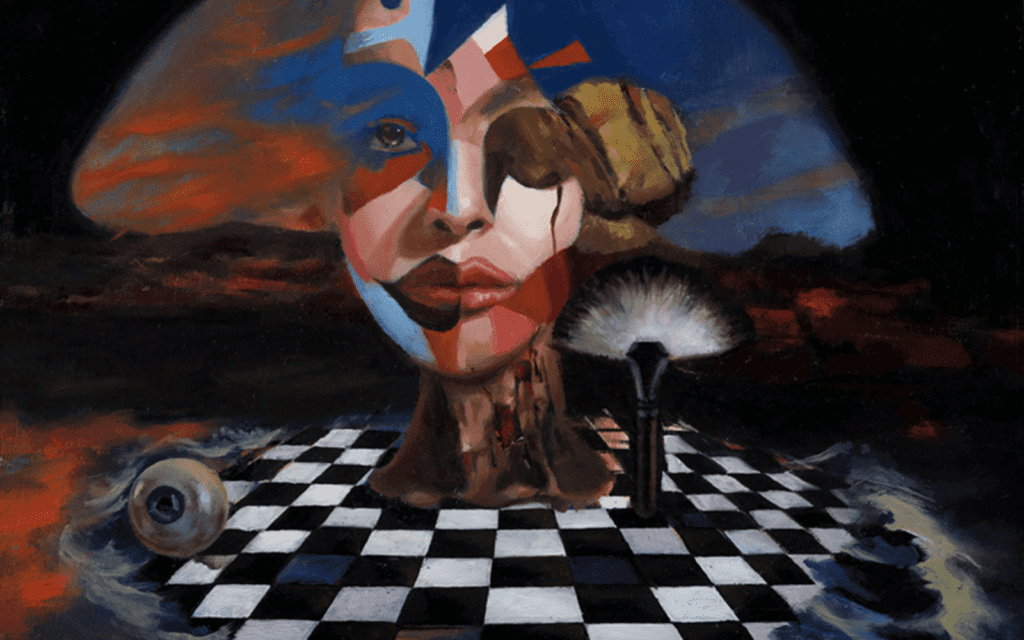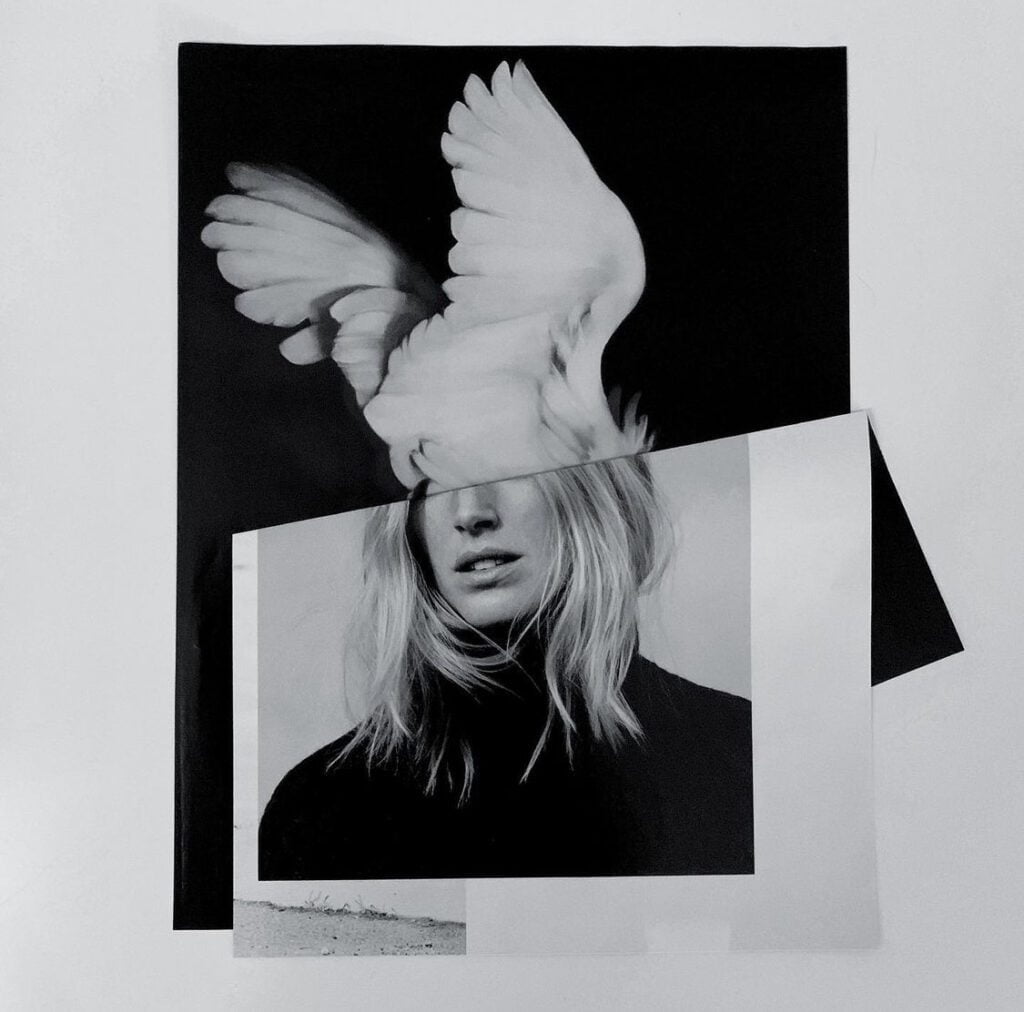
Jenna Strouth


Artist Bio
Jenna Strouth is a mostly self-taught visual artist and maker. She’s passionate about creating art and useful things with free-found objects (both human-made and natural). She’s inspired by junk and fascinated by treasures found in trash piles and thrift stores. Through her work, Jenna encourages people to find beauty in the mundane and to reconsider cultural practices.
Artist Statement
When creating and making art, I love finding old and previously owned products, especially paper goods. With rare exceptions, I don’t create with new materials. Earth has an abundance of used and unwanted objects to be used as art supplies!
My main form of expression has been collage. With collage, I start with a small seed of an idea, using images to free-associate and connect to other images. I’m energized by exploring connections while collaging; some symbols and relationships don’t even appear until the piece is almost finished. I love the multitude of meanings you can make in collage using everyday images. I also love the challenges of working with old paper: each type of paper is an individual requiring special treatment; the stakes are high since I usually only have one source for an image.
How does the theme ‘Biosphere’ play a role in your work?
I collage to process ideas, feelings, and current events related to animals (human and non-human), climate change, and the environment. I’m interested in how people and animals are affected by maladaptive human practices. I’ve inherited from my culture an intellectual and emotional separation between Humans and Nature; my art explores that gap and chips away at the human/nature dichotomy inside me. Through my art, I consider people’s connections with animals and how our fates are linked.
In these collages, there are one or two types of animals along with white-skinned people (or dolls). The whiteness represents extractivism and the privilege of wealthy nations to escape the intensity of climate change, although these nations have created (and continue to contribute heavily to) the climate crisis through thoughtless overconsumption and wanton fossil fuel emissions. The human characters seem aloof to the impending disaster, or perhaps the viewer is witnessing them during the moment just before they realize things are horribly wrong. The animals, meanwhile, gaze out of the scene towards the viewer.
What will remain of our capitalogenic culture of consumption? Our artifacts have become part of the biosphere, as various life forms use our discarded objects for habitat and sustenance. Consider the plastisphere, a relatively new marine ecosystem of microbes and other sealife existing on our abundant plastic pollution. My work imagines a future where our descendants attempt to understand why there are so many plastic figures of human infants alongside skeletons of iguanas and frigatebirds.
Find Her On




















Comments 11